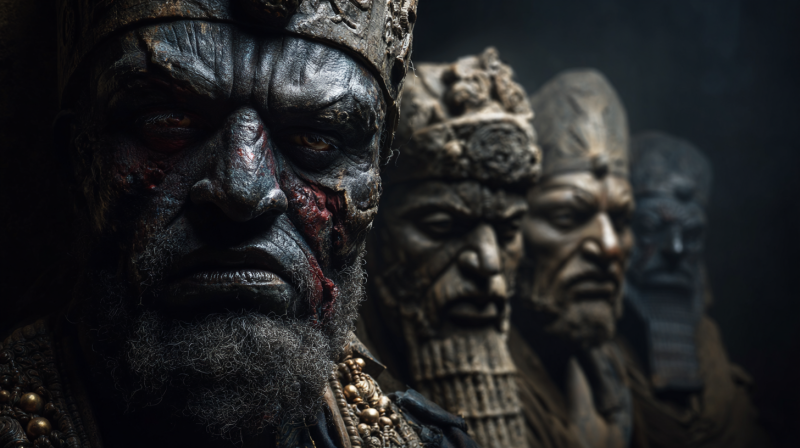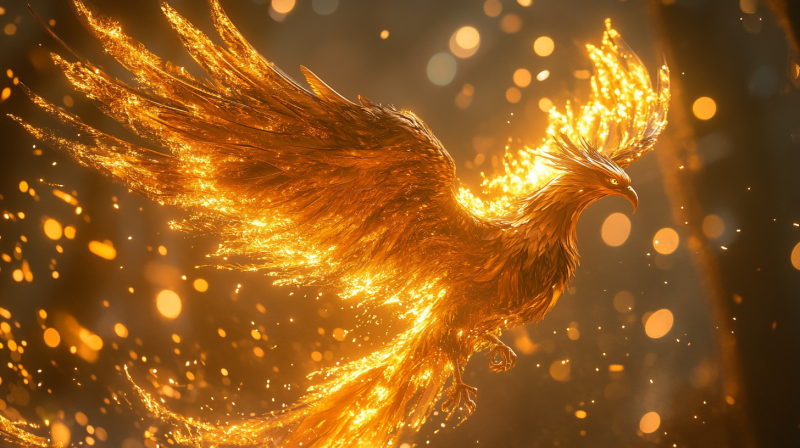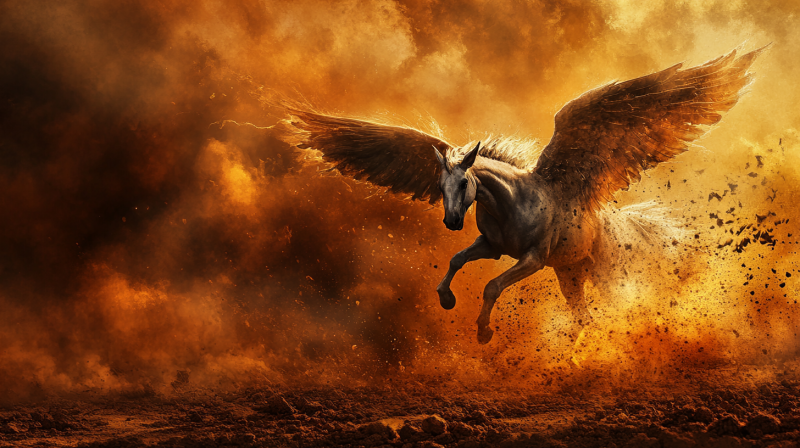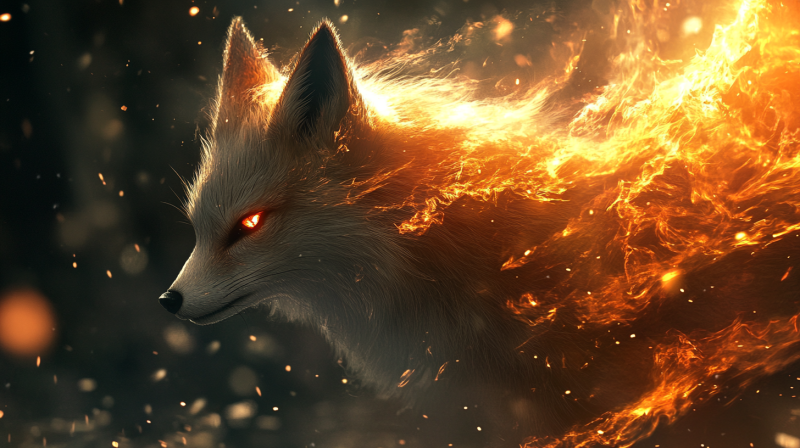A Shadow Beneath the Waves
The sky darkened as the wind howled over the churning North Sea. The ship, a sturdy Scandinavian longboat, creaked under the force of the rising waves. The crew, hardened by years of seafaring, muttered prayers to the gods. Then, the sea itself seemed to rise—massive tentacles breaking the surface like monstrous serpents. The Kraken had awakened.
For centuries, the Kraken has loomed in the collective nightmares of sailors, an enormous creature lurking in the abyss, waiting to drag entire ships to their doom. A monster of legend, the Kraken embodies the raw power and untamed mystery of the sea. But where does this legend come from? And could there be a grain of truth beneath the myth?
Origins of the Kraken Myth
The Kraken’s legend traces back to Scandinavian folklore, particularly in the sagas of Norwegian and Icelandic seafarers. The first written account appears in the 18th century, credited to Erik Pontoppidan, a bishop of Bergen. In his Natural History of Norway (1752), he described the Kraken as a sea creature so massive that it could be mistaken for an island. According to Pontoppidan, the Kraken was not only capable of crushing ships with its immense tentacles but also of creating deadly whirlpools that could pull entire fleets into the depths.
However, oral accounts of the Kraken predate Pontoppidan by centuries. Norse sagas and medieval Scandinavian manuscripts reference sea monsters of colossal proportions. Some scholars believe these legends may have been influenced by encounters with real but exaggerated marine creatures—such as giant squid, which can grow up to 43 feet in length.
The Kraken in Maritime Culture
To Scandinavian fishermen and traders navigating treacherous waters, the Kraken was more than a myth—it was a cautionary tale. Reports of enormous creatures attacking ships were often passed along seafaring routes, growing in size and ferocity with each retelling. The Kraken became a harbinger of doom, a monstrous entity that signified the sheer unpredictability of the ocean.
Some interpretations suggest that the Kraken legend served as an explanation for natural maritime disasters. Sudden storms, underwater currents, and rogue waves could easily capsize ships. Whirlpools, caused by underwater geological activity, may have been interpreted as the Kraken’s doing.
Despite its terrifying reputation, some accounts describe the Kraken as beneficial to fishermen. It was said that when the beast rose to the surface, it attracted vast schools of fish, making it an omen of prosperity—provided one didn’t venture too close.
Science and the Search for the Kraken
Modern marine biology has drawn intriguing parallels between the Kraken and real-world sea creatures. The giant squid (Architeuthis dux) and its even larger relative, the colossal squid (Mesonychoteuthis hamiltoni), exhibit traits eerily similar to those described in Kraken lore. These deep-sea behemoths possess long, powerful tentacles, sharp beaks capable of rending flesh, and eyes the size of dinner plates—perfectly adapted for life in the ocean’s dark abyss.
For centuries, giant squid were considered purely mythical, much like the Kraken. However, in 2004, a Japanese research team captured the first live footage of a giant squid in its natural habitat. This discovery fueled speculation that larger, even more elusive species might still exist in the ocean’s unexplored depths.
Could the Kraken be an undiscovered species, or is it simply a legend born from misinterpretation and exaggeration? The truth remains hidden beneath the waves, but one thing is certain: the ocean holds secrets we have yet to unveil.
The Kraken in Popular Culture
The Kraken’s influence extends beyond seafaring myths into literature, art, and modern media. The creature features prominently in numerous works, from Alfred Tennyson’s poem The Kraken (1830) to Jules Verne’s 20,000 Leagues Under the Sea, in which a giant squid battles Captain Nemo’s submarine.
In cinema, the Kraken has taken on new life, often depicted as an enormous, Lovecraftian nightmare. Films such as Clash of the Titans (1981, 2010) cemented the phrase “Release the Kraken” in popular culture. Video games, comics, and television series continue to reimagine the Kraken, portraying it as both an apocalyptic terror and a misunderstood guardian of the deep.
Myth, Monster, or Something More?
The legend of the Kraken endures because it taps into humanity’s deepest fears—the unknown, the uncontrollable, and the vast, indifferent sea. Whether as a genuine cryptid, an exaggerated account of real creatures, or a metaphor for nature’s might, the Kraken remains one of the most fascinating maritime myths of all time.
Perhaps, somewhere in the abyssal depths of the ocean, the true Kraken waits—unseen, undisturbed, and still hungry.
Citations
- Pontoppidan, Erik. The Natural History of Norway. 1752.
- Tennyson, Alfred. The Kraken. 1830.
- Verne, Jules. 20,000 Leagues Under the Sea. 1870.
- Paxton, Charles G.M. “The Myth of the Kraken: Scientific Analysis and Origins.” Marine Biology Quarterly, 2003.
- Ellis, Richard. The Search for the Giant Squid. Penguin Books, 1998.





